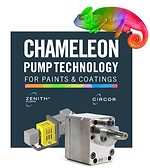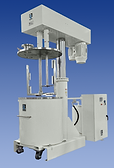Home » Publications » PCI eMagazine
PCI eMagazine

2024 September
Feature Articles
Back to TopExamining the Efficiency of TiO2 in Matt Paints
and Methods of Obtaining Optimal Dry Opacity Without Sacrificing Wet Hide
Read More
An Easy Additive Approach for Replacing Fluorocarbon Surfactants
in Water-Based Paints for Hot Block Resistance
Read More
Development of More-Sustainable Water-Based DTM Coatings, Part II
Soy-Alkyd Dispersion Paints
Read More
UV/LED-Cured Coatings Empower NA Manufacturing Companies
Faster Production Speeds, Reduced Operations Costs, and No VOC Emissions
Read More
Products
Back to TopEditor's Viewpoint
Back to TopKeep the info flowing with our eNewsletters!
Get the latest industry updates tailored your way.
JOIN TODAY!Copyright ©2025. All Rights Reserved BNP Media.
Design, CMS, Hosting & Web Development :: ePublishing

















